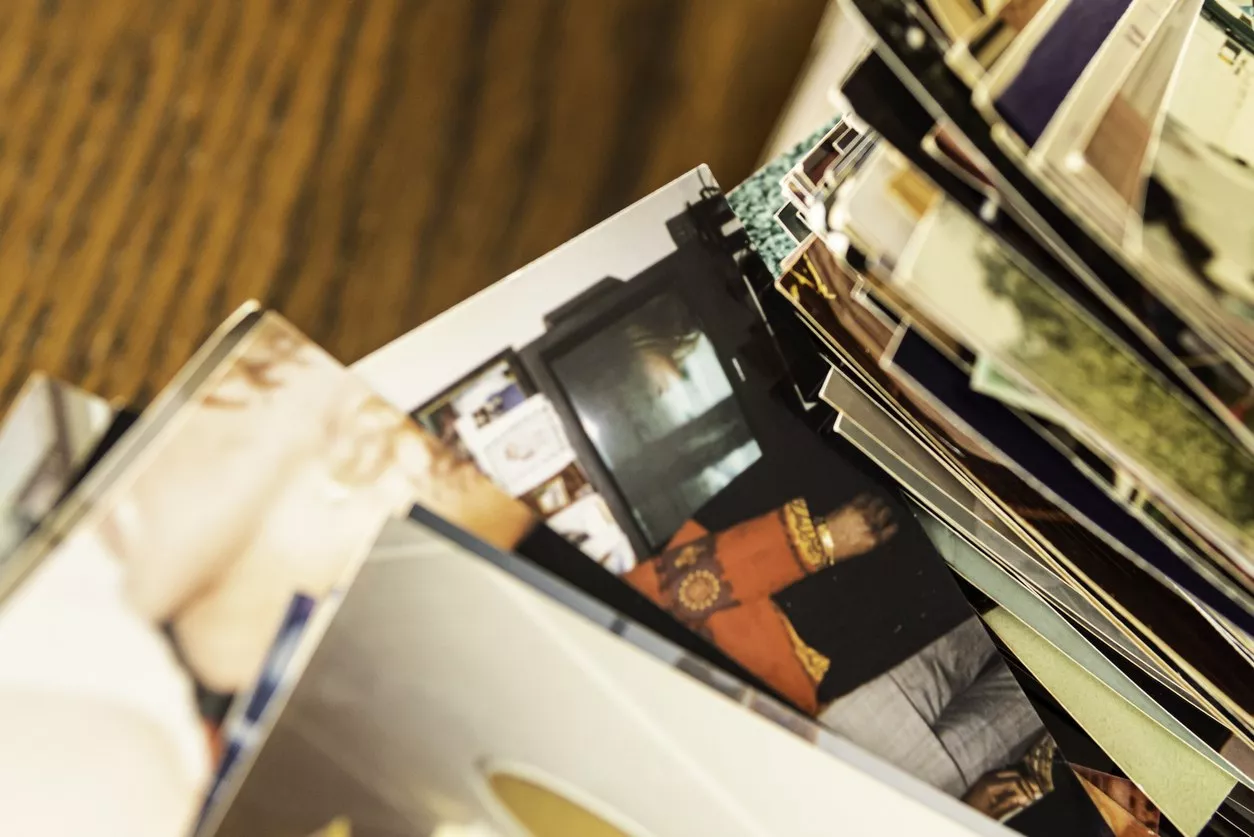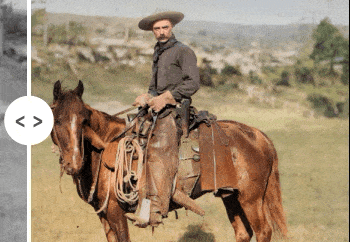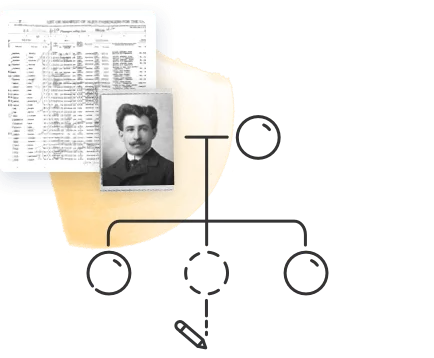
Scanning your family photos has many advantages: since the originals may fade or become damaged over time, digitizing helps preserve them. It also makes it easy to share and organize them. When you upload them to MyHeritage and tag your family members, you add color and character to your family tree. And, of course, you get the added bonus of being able to use the MyHeritage photo features to repair, animate, enhance, and/or colorize your photo.
In this article, we’ll share some tips and best practices for scanning old family photos.
What is the best photo scanner?
There are three types of scanners you can use to scan photos:
- Flatbed scanner
- Sheet-fed scanner
- Smartphone scanner
So which scanner is best for photos? That depends on your goals and your budget.
High-quality flatbed scanners are the gold standard for photo digitization. These are the flat scanners that look a bit like copy machines: you place your photos on a clear scanning surface, lower the lid, and use scanning software on the machine or a connected computer to execute the scan and upload the image. These types of scanners create optimal conditions for a good scan while protecting your photos from damage.
However, there are a few disadvantages:
- They can be expensive. Some printers come with built-in scanners, but the quality may vary.
- Flatbed scanners are large and clunky and not very portable.
- Scanning photos with a flatbed scanner can be time-consuming, especially when you’re scanning large batches of photos. Depending on the software, it may take time to upload the images to your computer, edit them, and then upload them to MyHeritage.
Another option is the sheet-fed scanner: a scanner that pulls a document through a feed and scans it as the image passes through. We do not recommend this type of scanner for old photographs, as they may be damaged as they’re pulled through the feed. The scans produced by this type of scanner tend to be lower-quality anyway.
What is the best portable scanner for photos?
The cheapest, simplest, and most portable option is to use a scanner app on your smartphone — and there’s no better option than Reimagine, MyHeritage’s dedicated photo app. Here’s why:
- Using the app, you can scan multiple photos at once, and the app automatically identifies the borders of the photos, crops them out, and saves them as individual images. This makes it possible to scan whole albums in just minutes, saving you lots of time.
- Reimagine is fully integrated with MyHeritage, which means the photos you scan with the app will be automatically added to your family site on MyHeritage. This can remove several steps from the process.
- Once your photos have been scanned, you can use the MyHeritage photo features to improve them in just a few taps.
With a good smartphone camera, your scan can come out just as good as one produced by a high-quality flatbed scanner.
How to digitally scan old pictures with Reimagine
Scanning photos using Reimagine couldn’t be easier:
- Download the Reimagine app on the App Store or Google Play
- Sign up or log in using your MyHeritage account credentials
- Tap the plus button at the bottom of the screen and select “Scan photos”
- Point the camera at the photos you wish to scan and tap the white button
- To keep scanning, just frame the next batch of photos and tap again
- When you’re done, tap “Done”
You can see how it works in the video below:
Getting the perfect shot
Protecting your photos
If your photos are covered by protective clear plastic, you may achieve better results by removing them, but only do so if you’re confident that it won’t damage them. If you’re not sure, just leave them in the plastic and use the techniques mentioned below to avoid glare and reflections.
Be sure to place your photos on a clean, dry surface so they don’t get stained or water-damaged.
Lighting conditions
In addition to being clean and dry, make sure the surface you’re placing your photos on is flat and well-lit. The best results will be achieved using indirect natural sunlight from a nearby window, but you can also use artificial light sources.
If your shadow is falling over the photo or you’re noticing some glare or reflections, play with the angles and tilt the camera in different directions until you’re able to capture the image without them. You can experiment with moving the photo around, too, as the angle at which the light hits it may also make a difference.
Editing details and applying the MyHeritage photo features
You can utilize all the MyHeritage photo features from within the app, including Photo Repair, MyHeritage In Color™, the Photo Enhancer, Deep Nostalgia™, and the Photo Storyteller™. You can also tag photos and add a title, description, date, and place.
Tap the photo in your library to open it. At the top of the screen, you’ll find the MyHeritage photo tool icons: the moving ball for animation with Deep Nostalgia™, the magic wand for the Photo Enhancer, and the color wheel for colorization or color restoration with MyHeritage In Color™. Simply tap the icons to apply each tool.
To record a story for the photo with the Photo Storyteller™, tap the microphone icon on the lower right corner of the screen, then tap the black button to begin recording.
To add details to your photo, such as where and when it was taken, tap the three dots at the upper right corner of the screen and select “Edit photo info.” On the next screen, you can enter a title, date, place, and description for the photo.
When you’re done, tap the check mark on the top right to save your changes.
Learn more about the Reimagine app in this article: The Reimagine App: The Best Solution for Scanning & Improving Family Photos






